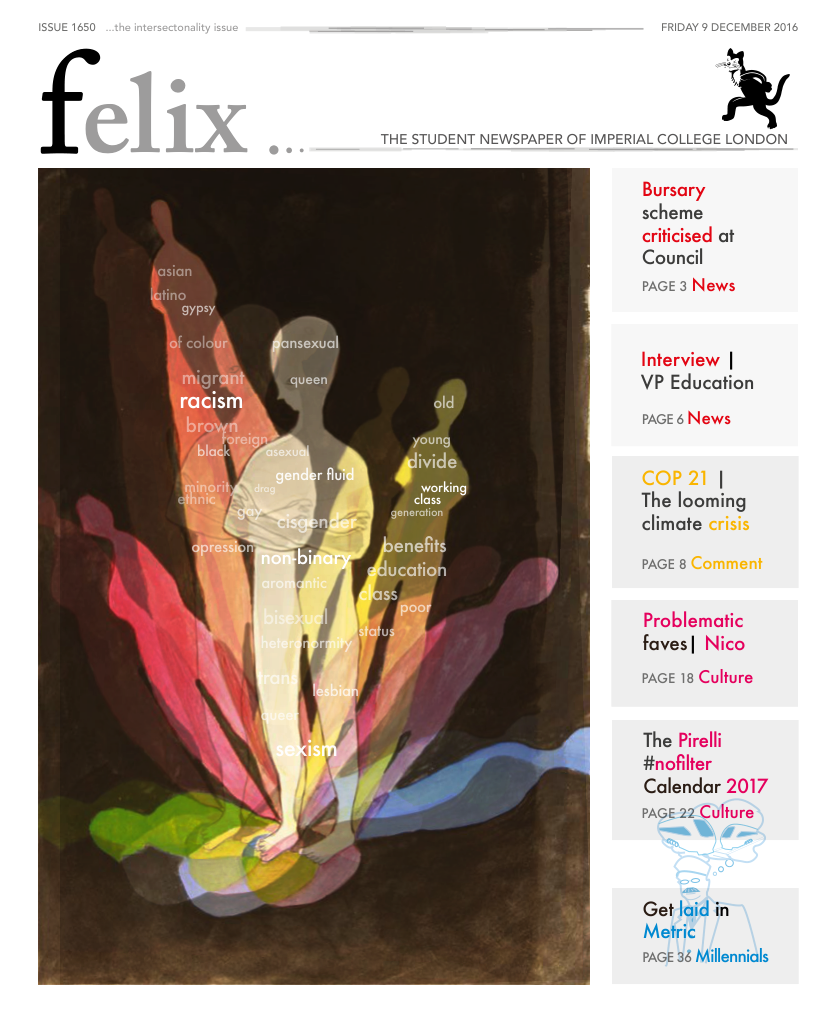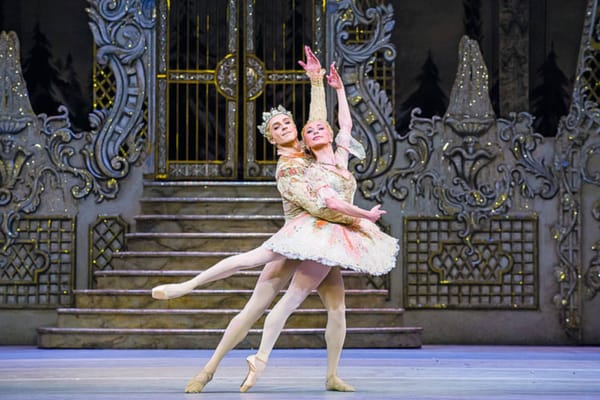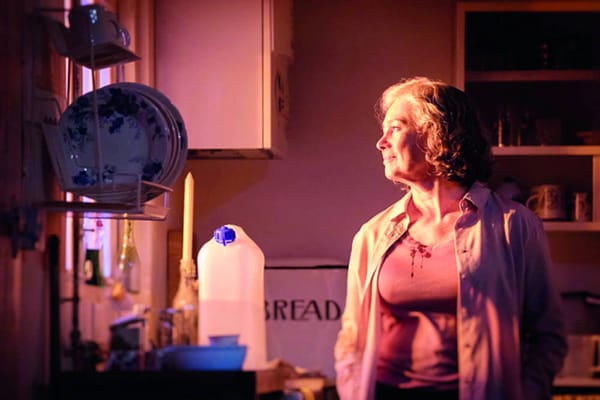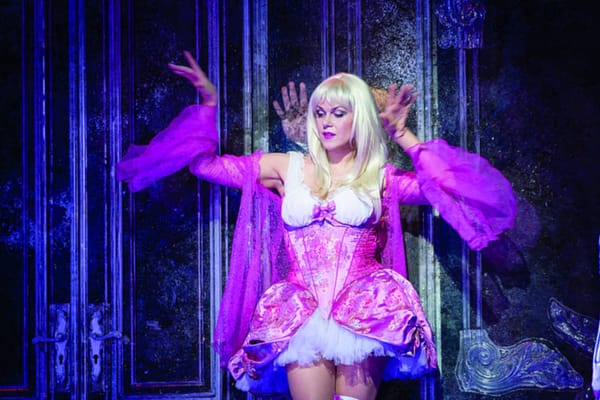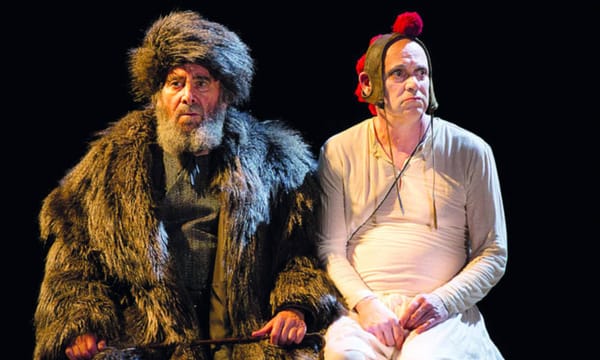Helen Marten wins the Turner Prize
...
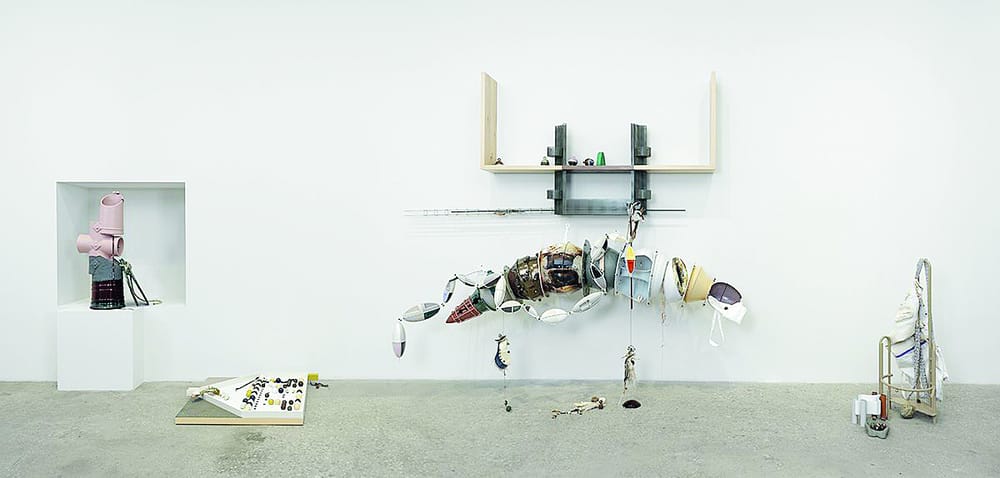
How to describe Turner Prize 2016 winner Helen Marten’s work? "Baffling" claim some critics, "Poetic", others – Michael Gove, former Education Secretary went so far as to tweet "#Turnerprize2016 - congratulations to Helen Martin but #honestly is this = to Turner, Ruskin, even Holman Hunt – of course not #modishcrap". Never mind the misspelling of Marten's name from the self appointed spelling and grammar 'saviour' – Marten's work is far from 'modish crap' (whatever that means) and in fact, her work may be closer to J.M.W. Turner's than it first appears.
Turner's brushwork was loose, evocative rather than representative, similarly, Marten’s sculptures are free-form – transforming everyday objects into object salads that look like daydreams forced into three dimensions. Speaking to Charlotte Higgins of the_Guardian_, Marten has said she reads and researches without “any specific end goal in mind”, her reading matter is diverse, from philosophy to poetry by way of the news. It’s stream-of-consciousness poetry that most comes to mind when encountering Marten’s work; steel is tacked onto timber, cloth is draped like discarded clothing, spoons are bent out of shape and hammered onto a corner, elsewhere matchsticks are threaded through the work. It’s as if Marten has emptied out her half-formed thoughts into the physical world. We are left to follow the trail of associations, the flights of fancy, the abrupt changes of mood – sometimes they lead nowhere, sometimes they strike a chord with our own thoughts.
Stream-of-consciousness poetry comes to mind when encountering Marten’s work
The Turner Prize judges nominees not for the work they create for the Prize exhibition, but work displayed the preceding year. For Marten, one of these was her show at Greene Naftali: Eucalyptus, Let Us In. The mediums list for one piece in the show, Brood and Bitter Pass, should give some indication of the breadth of materials Marten draws inspiration from: steel, aluminium, model board, ash, cherry, chipboard, sprayed MDF, blown glass, glazed ceramic, screen printed Latex, bucket, cast resin, cast jesmonite, stones; so the list continues, including everything from magnets, concrete, cotton, and lace, to twigs, oyster shell, and sugar. The list of materials alone could be a sort of free-form minimalist poetry.
What is perhaps the most noteworthy of Marten’s work is that despite her use of everyday objects, almost nothing is a ready-made – this is not simply hordes of found things tacked together. Instead, objects appear as if from a half-remembered dream – that there could almost be fire hydrant, almost but not quite, in another sculpture, the end could be scraps from a rocket, or a giant bullet blown apart and stuck back together. In another work, Packed for Perdition, in the right corner, a curve hangs like a sickle moon against a night sky. Underneath, a tiny keyboard is drawn on a grid, and beside it it’s raining on a cardboard cut-out of a house, only the rain seems to be acid rain, and falls like the patterns of Braille. Despite the seemingly absurd nature of her work, Marten carefully considers the placement of each detail, finding acute clarity in her work. Certainly, the shapes she creates look considered, they flow – one object melting seamlessly into another, look closer and there are eye-catching details – a sudden drop of rope, a spike jutting out at precisely the right angle. These are works that, once seen, are not easily forgotten.
For 31-year-old Marten, 2016 has been a year of unmitigated success – last month she won the Hepworth Prize for Sculpture, another hugely prestigious award. and now it is the Turner, she is also holding a solo show at the Serpentine Gallery. The artists nominated alongside her were Anthea Hamilton, Josephine Pryce, and Michael Dean. For some, Michael Dean was the dark horse in the race, who could’ve bagged the top prize. Dean’s exhibition was an installation representing the poverty line – a pile of over 2 million pennies, just one penny less than the £20,436 that the government believes is the minimum two adults and two children could survive on in a year.
Marten uses everything from rubber and concrete to sand and oyster shell in her freeform sculptures
Last year, the Turner Prize, which celebrates the best artists under 50 of that year, went to the architectural group, Assemble, who won for their transformation of the housing estate Granby Four Streets. It was a departure from the norm to award the prize to a project that was ostensibly not 'art'. No stranger to controversy, the Prize will no doubt raise eyebrows, (at least the eyebrows of the public – the critics by and large were fans) again this year for their celebration of Marten.
That Marten’s work defies explanation was a strength for this year’s judges. The chair of judges, Tate Britain director Alex Farquharson, praised Marten for her poetic sculpting technique, saying:
“The judges were impressed by the complexity of the work...how it often suggests meaning, but those meanings are all in flux somehow. One image, one form becomes another.” Marten’s work is unlike that of any of her contemporaries, that it sparks conversation about art, and the forms it can take can only be a good thing.
Marten has said she finds the whole idea of winning prizes “embarrassing”, she has gone so far as to say that she will share her winnings of £25,000 amongst her fellow nominees. There is a true spirit of originality in Marten work, the Turner has elevated many of its winners, Chris Ofili, Tracey Emin, Damien Hirst to name a few to lasting influence in the modern art world – Marten will hope that this new accolade will encourage more people to engage and attempt to understand her vision.

